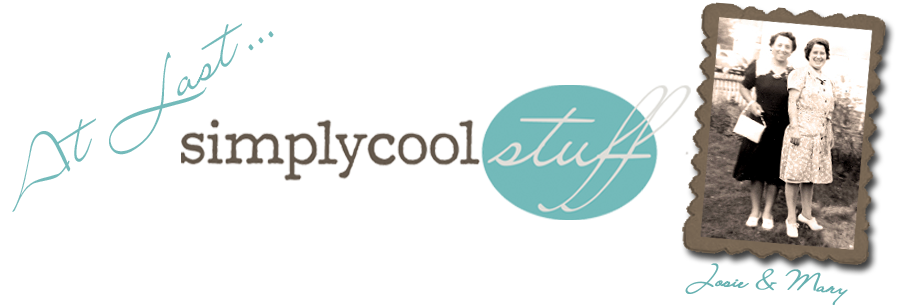


 Ironstone, also known as Semi-Porcelain, Opaque Porcelain, English Porcelain, or Stone China, was first patented in 1813 by Charles James Mason in Staffordshire, England. It is a durable and heavy porcelain china substitute, composed of white clay with iron smelted pulverized flint and slag. Mason's patent lasted only 14 years and by 1847 a number of other potters began experimenting with transfer ware, brush stroke patterns, and embossed designs, as well as the plain old lovely white. In the late 1840's, England began exporting the undecorated wares to American and Canada to supply the colonists demand for this plain white Stone China. As a result, few pieces of the undecorated Ironstone can be found in England. Clay, which was plentiful in the U.S., was predominantly used for bricks, tiles, and practical utensils such as jugs and crocks. Therefore most dinner ware was imported from England through the early to mid 1800's, with the octagon shaped plate being the most popular.
Ironstone, also known as Semi-Porcelain, Opaque Porcelain, English Porcelain, or Stone China, was first patented in 1813 by Charles James Mason in Staffordshire, England. It is a durable and heavy porcelain china substitute, composed of white clay with iron smelted pulverized flint and slag. Mason's patent lasted only 14 years and by 1847 a number of other potters began experimenting with transfer ware, brush stroke patterns, and embossed designs, as well as the plain old lovely white. In the late 1840's, England began exporting the undecorated wares to American and Canada to supply the colonists demand for this plain white Stone China. As a result, few pieces of the undecorated Ironstone can be found in England. Clay, which was plentiful in the U.S., was predominantly used for bricks, tiles, and practical utensils such as jugs and crocks. Therefore most dinner ware was imported from England through the early to mid 1800's, with the octagon shaped plate being the most popular.English Ironstone bears the Mark of its maker and - from 1842 on - a Design Registry Number. Ironstone from the 1840's can be creamy white (often American made), or bluish white (English made). Pre 1840 Ironstone and American white Granite Ware are often not marked and identification is by weight and feel. English makers include: Spode, Wedgewood, J & G Meakin, Wood & Sons, Birks Bros. & Seddon, T & R Boote, Turner & Tomkinson. Various patterns were produced with transfer designs and names such as: Chelsea Grape, Chelsea Sprig, Flow Blue, Willow, Gaudy Ironstone, Mason's Ironstone, Moss Rose, and Tea Leaf.
From the late 1800's through the early 1900's, gas fired machinery with its efficiency at grinding slag into powder, vastly increased production of domestically manufactured Ironstone to satisfy America's high demand. Manufacturers include: Red Cliffe, Knowles, Taylor & Knowles, W.A. Lewis (NY), Homer Laughlin & Co., and McCoy. And, as American's moved West due to an increase in growth and wealth, many Ironstone patterns reflected agrarian themes. Fruits, grains, nuts, pods, wheat, corn, and oats were all present to some degree. A pattern called Corn and Oats used ears of corn for finials on lids and arcs of wheat decorated the Arched Wheat pattern by R. Cochran & Co. In the 1850's, leaves including oak, maple, grape and ivy, as well as peaches, figs, plums, pears and berries were very popular. Flowers included lily of the valley, tulips, forget-me-nots and hyacinths as in Meadow Bouquet by W. Baker & Co. and Summer Garden by George Jones. These popular patterns of Ironstone became known as Thresher's or Farmer's China.
Since Ironstone is a porous earthenware clay, care should be given during cleaning, as any compromise to the glaze will result in staining. Never use chlorine bleach as it will crystallize and dissolve the glaze. Pieces should be submerged and brightened by dissolving a denture tablet (sodium bicarbonate and citric acid), or 3% hydrogen peroxide in warm water. Non-bleaching toothpaste can be used to gently diminish gray silverware marks. Dry in direct sunlight to brighten.
The simplicity of Ironstone sets a lovely table; practical, durable yet elegant despite its commonplace history. Enjoy!














No comments:
Post a Comment